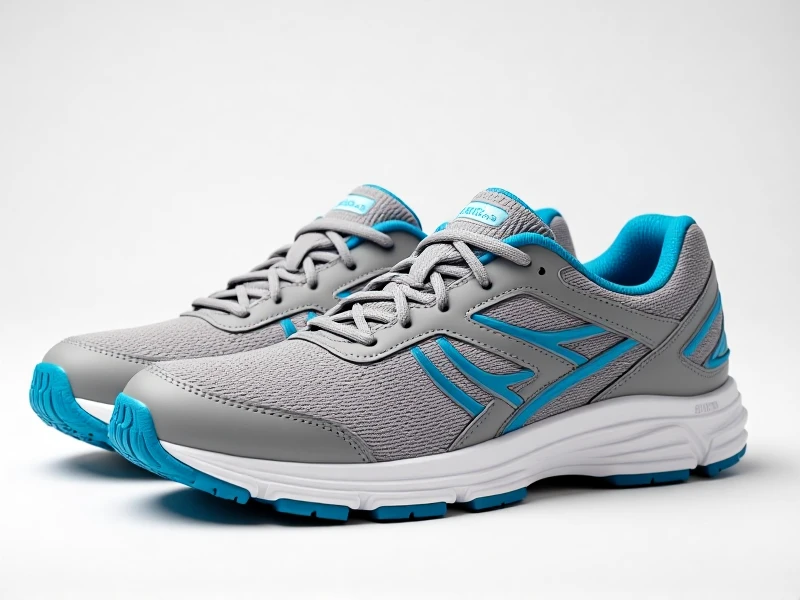
The Key Features to Look For in High-Performance Tennis Shoes
Playing tennis demands explosive movements, rapid direction changes, and sustained agility. The right footwear isn't just about comfort; it's essential for performance enhancement and injury prevention. If tennis shoes aren't designed specifically for the unique stresses of the court, players risk subpar play and potential setbacks. Here’s what distinguishes top-tier tennis shoes from regular sneakers and why each feature matters.
Crucial Support Systems: Lateral movement defines tennis. Compared to running shoes (structured primarily for forward motion), dedicated tennis shoes feature significantly reinforced support around the midfoot and heel. This dense, stable counter acts like an anchor, preventing your foot from rolling excessively during aggressive side shuffles or lunges, minimizing the risk of ankle sprains common in court sports.
Court-Specific Traction & Durability: Think sliding stops and gritty pushes off the baseline. Tennis outsoles utilize specialized patterns with intricate herringbone, modified chevron, or circuit board-like designs. These multidirectional treads offer maximum grip on hard courts, clay, or grass, allowing powerful pushes without dangerous slips. Crucially, the outsole rubber is also formulated to be non-marking to protect court surfaces and built for extreme durability where drag-and-rub wear is heaviest.
Responsive Cushioning & Court Feel: Tennis involves constant micro-adjustments with bursts of power. Effective cushioning in tennis footwear balances impact absorption (jumping, landing) with responsive "court feel." Players need a stable, low-to-the-ground sensation to sense their foot position instantly. Look for technologies like encapsulated heel cushioning for shock absorption, coupled with firmer forefoot cushioning for responsiveness and stability during pushes off the toes.
Choosing the Right Fit & Style: Fit is non-negotiable. A true tennis shoe generally offers a more secure, glove-like fit than a generic trainer. Ample toe room (about a thumbnail's width) prevents bruised nails during slides, while a securely locked heel prevents slippage. Consider your foot type (neutral, overpronation, high arches) and whether you need extra in-shoe support or prefer only the shoe's inherent stability. Durability for toe-draggers (reinforced toe caps or durable materials) is another consideration.
Investing in proper tennis shoes is investing in your playing longevity and peak performance. Support, specialized traction, durable construction, and balanced cushioning are fundamental, not optional. Don't risk injury or compromised play – lace up footwear engineered specifically for the rigorous demands of the tennis court. Your knees, ankles, and overall game will thank you. Explore expertly designed options that prioritize the intricate needs of tennis footwork today.